Dry stone walls in Scotland: Here's how two craftsmen are fighting to save ancient skill
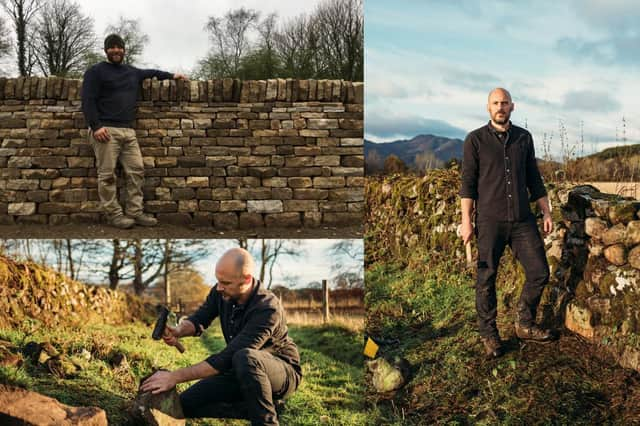

For the pair work together building and restoring dry stone walls, an ancient skill that has lived on to this day thanks to a handful of craftsmen.
Known more commonly in Scotland as the dry stane dykes, these walls have been part of the country’s tapestry for thousands of years, defining its landscape and providing an essential resource for upland farmers.
Advertisement
Hide AdAdvertisement
Hide AdThe heritage skills however are being lost at an alarming rate as less young people are considering a career in traditional boundary maintenance.
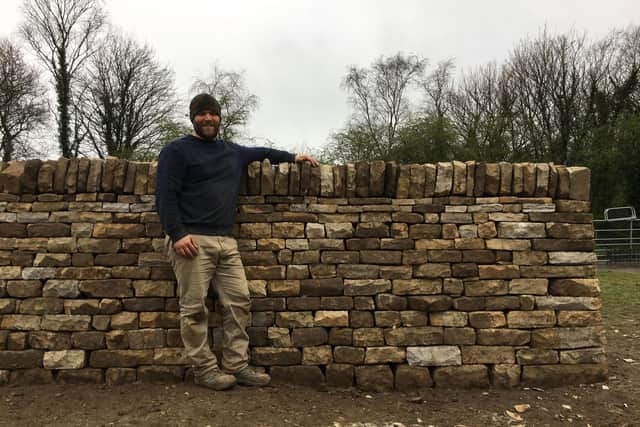

Speaking to The Scotsman, Martin and Luke, both representing the beating heart of a new generation of dry stone wallers, talk about their passion for the ancient craft and how they plan to secure its place in Scotland’s future.
“Keeping the country’s heritage is important in my job, and for me,” said Martin, 34, who has been working in the profession for more than two years.
The craftsman, originally from Kintore, runs his own business in Perthshire where Luke, also 34, has started working as an apprentice as of this month.
“The skill is technical and complex to learn, but it provides walls that will last hundreds of years,” Martin said.
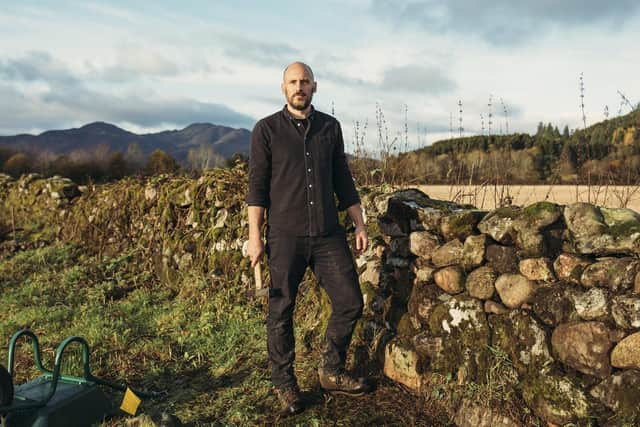

Mastering the craft goes beyond building a wall from stones.
Features including lunkies and smoots - holes for drainage or releasing livestock - are important to learn when restoring the historic structures.
Knowing how to use catchies and pennine’s - different sized hammers – is also essential for shaping stones where necessary.
Advertisement
Hide AdAdvertisement
Hide Ad“A special architecture that takes time to master is what keeps them standing for so long,” Martin said, “which is why it’s important dry stone walling work is carried out by someone who is qualified.”
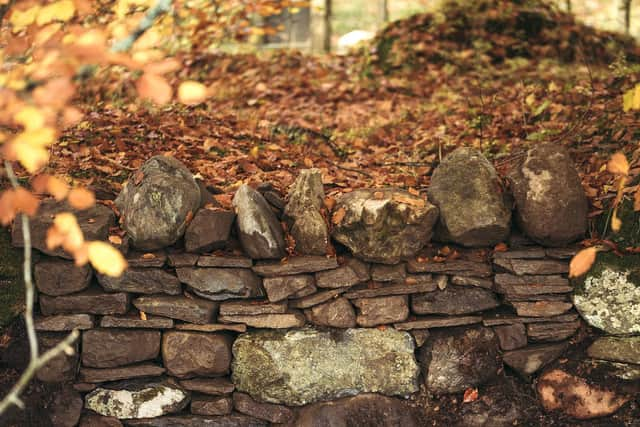

He described the structure of a typical dry stone wall as a capital A shape; large, heavy stones on the bottom with small, lighter stones at the top and carefully chosen rocks to fill the holes in between.
No earth or mortar is used to bind the rocks together. A wall’s sturdiness relies on a careful balance of skill and stone.
“It can be a bit like a giant jigsaw puzzle,” Martin said, “except you don’t have a picture to work with, and the individual pieces can fit into about 20 different places.”
But the dwindling profession has meant many of these ancient boundaries across the country have been left to crumble.
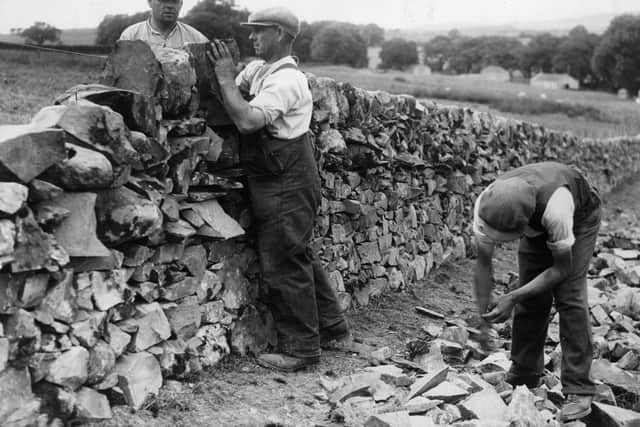

According to the Dry Stone Walling Association, more than 70 per cent of the UK’s historic structures lie derelict.
The decline is due to a mixture of reasons; a lack of funding, a change in farming practices and an ageing population of craftsmen fit for the task.
With just 31 official DSWA contractors in Scotland, of which a vast amount work part-time or are approaching retirement age, Martin and Luke are a glimmer of hope in keeping the traditional skill alive for future generations.
Advertisement
Hide AdAdvertisement
Hide Ad“I am so glad I made the career change to become a dry stone waller,” said Luke, who is originally from Guernsey, but moved to Perthshire 12 years ago.
“I was in nursing before, but I went on a training weekend hosted by the DSWA last year and haven’t looked back.”
It was here where he met Martin and discovered his newfound passion for the art which will see him work on some of the country’s oldest features.
"I’ve really taken to the craft side of it,” he said.
“Before you just had a hammer to do the work, but there are more tools nowadays to work with, the world’s your oyster.
“And it’s not just about restoring old dry stone walls.
“You can do so much, from building modern structures, stone circles and walls for people’s gardens using the same skill.
“It’s fascinating seeing the bare bones of architecture, a structure that has been used for centuries still used to this day.”
Luke was granted an apprenticeship through The Queen Elizabeth Scholarship Trust and Allchurches Trust, organisations that support British craftsmanship through funding which has secured him two years training under Martin at his company Dry Stone Walling Perthshire.
“We plan to continue working together after my training,” Luke said.
Advertisement
Hide AdAdvertisement
Hide Ad“I am still at the beginning stage and working on walls that I think only sheep admire at the moment, but there’s a lot to look forward to.”
The pair of artisans, who are some of the youngest in their trade, said they hope their work will lay a strong foundation for future generations of dry stone wallers to build upon.
“It’s important to keep the interest in the skill bubbling away,” said Martin.
“I am currently building a 30m stone circle which reaches 8ft high in places for Innerpeffray Library, one of Scotland’s oldest (dating back to 1680).
“It will be used for poetry reading and storytelling and the community has asked me to talk to younger people in the area about my profession.
“Some youngsters aren’t academic, and don’t want to work in an office. I know that, because I was one of them, so I am looking forward to this opportunity to tell young people about a job that’s challenging, creative, where you can use your hands and that doesn’t confine you to a desk.
“There’s so much you can do with this skill, and it’s about letting the younger generation know that, about letting them know we still exist.”
DWSA deliver beginner training through a network of branches, including four branches in Scotland and the association runs an accredited certification scheme for those wishing to gain formal qualifications in dry stone walling.
Advertisement
Hide AdAdvertisement
Hide AdThe National Lottery Heritage Fund has previously helped it offer training bursaries to young people looking to become dry stone wallers, one of whom was Martin in 2018.